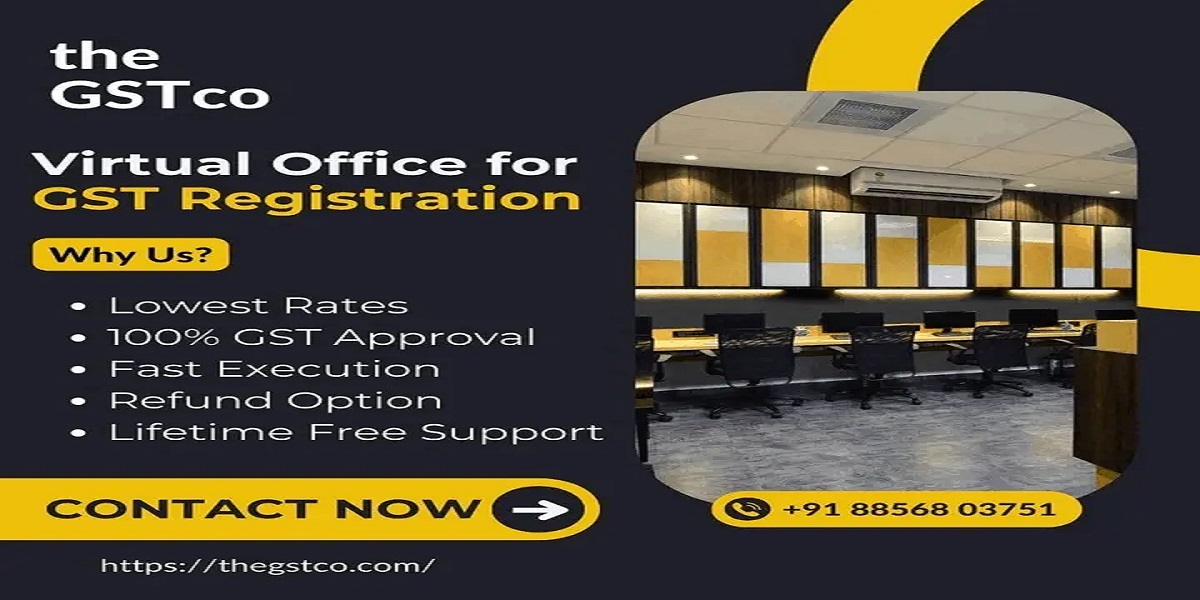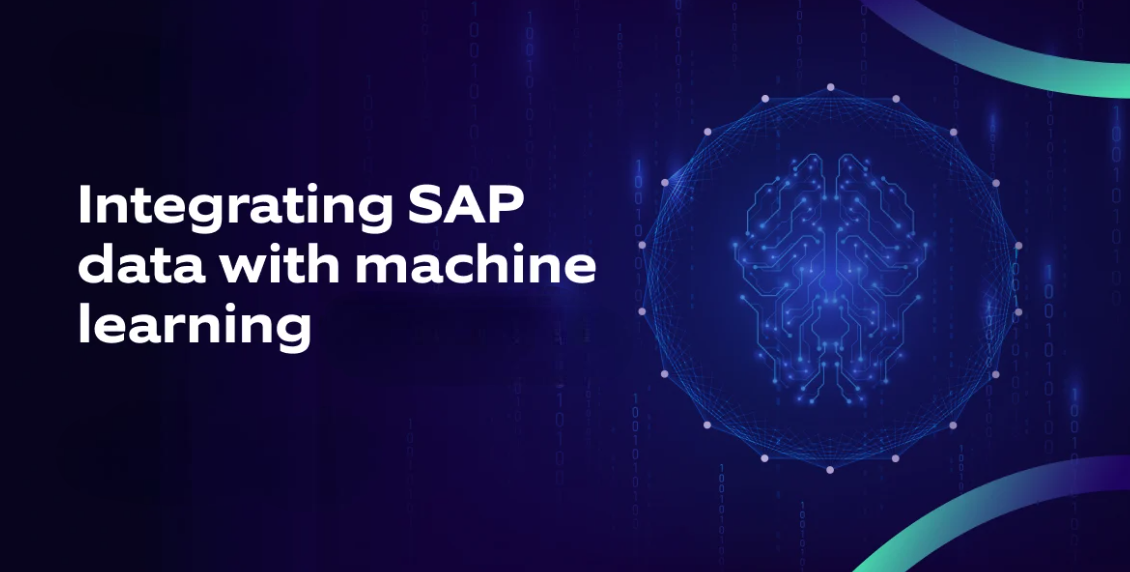Understanding the Digital Office Layout
The Virtual Place of Business (VPB) offers a modern approach to office operations, tailored for remote work environments. This setup forms a structured framework for tasks, communication, and operations without relying on a central physical location. In this article, we’ll look at how VPBs establish effective frameworks that support a dispersed team structure.
Establishing Effective Communication Channels
Seamless communication is vital for virtual workplaces. In VPBs, dedicated communication systems keep teams connected. Here’s a look at how communication is organized in a VPB.
Direct Messaging for Quick Response
Real-time messaging platforms, like Slack or Teams, enable swift exchanges, allowing team members to communicate on-the-go. Organized by project or purpose, these channels make it easy to connect in real-time, addressing quick questions and keeping collaboration steady.
Face-to-Face Connections with Video Meetings
Video conferencing platforms, such as Zoom or Meet, are essential for face-to-face communication in a virtual workplace. Regular video meetings promote team unity and improve collaboration across distances.
Standardizing Communication Protocols
Setting consistent protocols for communication ensures clarity across the organization. These guidelines define response expectations, meeting norms, and platform usage, promoting clear and organized exchanges.
Integrating Project Management for Workflow Oversight
In a VPB, project management tools organize workflows, assigning tasks, setting priorities, and tracking deadlines. Here’s how they support effective operations.
Task Assignment and Progress Monitoring
With project management tools like Asana or Monday.com, teams assign tasks and track each other’s progress. Tasks can be sorted by due date or priority, enabling members to stay organized and accountable.
Setting Project Timelines
Clear deadlines and project milestones guide progress in virtual settings. By establishing timelines, team members can allocate time effectively and meet shared goals without needing in-person oversight.
Shared Document Access
Shared document platforms, like Google Drive or Dropbox, allow teams to collaborate on files simultaneously. These tools also store historical versions, simplifying tracking of changes and updates across multiple collaborators.
Centralizing Data and Document Storage
Data management is key to any VPB framework, as it organizes access and security protocols, especially important for remote setups. Here’s a closer look at these systems.
Cloud-Based Storage Solutions
Cloud storage systems act as the VPB’s digital filing cabinet, storing files and documents securely. With tools like Google Drive or Dropbox, team members access shared files based on set permissions.
Structuring Document Permissions
Defining access permissions limits file visibility to relevant team members, ensuring that only authorized individuals handle sensitive data. Structured permissions protect information while allowing collaboration.
Planning for Backup and Data Recovery
Backup solutions, often part of cloud storage, prevent data loss. By incorporating recovery processes, companies protect files from accidental deletion or data breaches, ensuring data integrity.
Performance Management and Accountability
Tracking productivity and setting clear expectations are essential in any workplace, especially in virtual settings. This section covers tools and approaches for maintaining accountability.
Monitoring Task Completion
Productivity tools, such as Toggl or Time Doctor, monitor task completion, helping managers track project progress. By evaluating time on specific activities, leaders can address productivity challenges or resource allocation.
Regular Feedback Sessions
Virtual check-ins offer a structured space for feedback. These sessions support open dialogue, helping employees address obstacles and stay aligned with team goals.
Setting and Evaluating Performance Goals
Defining goals for each project or team member helps monitor progress in a virtual setup. Performance metrics can include timelines, quality benchmarks, or project-specific targets, ensuring goals are achieved.
Securing Digital Operations and Privacy
For VPBs, data security remains a top priority. Protecting data and ensuring secure communication form the foundation of secure virtual operations.
Implementing Digital Security Protocols
Standard security measures like encryption, multi-factor authentication, and regular updates protect data and communication channels. Securing each system helps reduce the risk of unauthorized access.
Compliance and Employee Training
Data privacy training informs team members on how to handle sensitive information securely. Staying informed on compliance standards ensures data handling meets regulatory requirements.
Access Controls and Permissions
Carefully set access controls help maintain data security. Limiting document access to those who need it prevents breaches and ensures controlled file usage across the virtual office.
Fostering a Strong Team Culture
Maintaining a positive team environment is crucial in a VPB. Through intentional activities and recognition, companies can nurture a sense of connection in remote work.
Organizing Virtual Social Events
Virtual team-building exercises, such as online challenges or casual meetups, promote social interaction. Regular virtual gatherings strengthen team bonds beyond daily tasks.
Celebrating Team Achievements
Recognizing milestones or individual accomplishments within the team fosters motivation. Sharing these successes in a team meeting or chat boosts morale and encourages continued performance.
Encouraging Transparent Communication
Creating a space for open dialogue allows team members to feel connected and supported. Transparent communication builds trust, establishing a foundation for teamwork in virtual settings.
Conclusion
The organizational structure of a Virtual Place of Business provides a roadmap for successful remote operations. From communication channels to data security, each component supports productivity, security, and a cohesive team culture. As VPBs become more common, a well-planned organizational framework will continue to shape the future of remote work.




